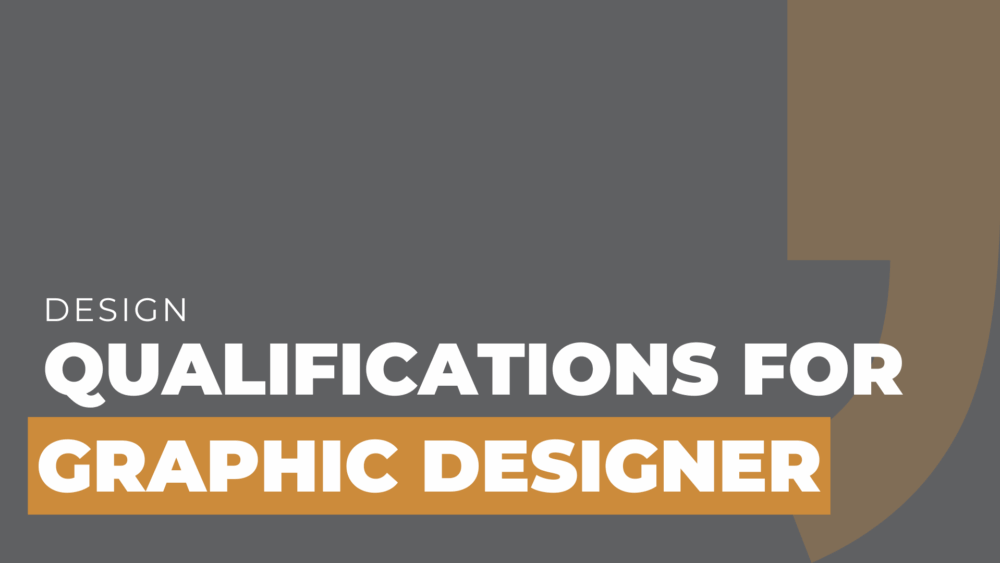Starting a career as a graphic designer means blending creativity with hands-on skills.
The basic qualifications for a graphic designer include proficiency in design software, creativity, and an impressive portfolio.
Another essential graphic design job requirement is the ability to use design tools to create visuals that communicate ideas effectively.
Whether you’re aiming for a degree or teaching yourself, learning the basics of graphic design is key to getting started.
What Skills Are Needed to Be a Graphic Designer?
To thrive as a graphic designer, you’ll need to master tools like Adobe Photoshop, Illustrator, and InDesign.
These are the backbone of any designer’s toolkit.
But it’s not just about software; graphic designers also need creativity, time management, and the ability to communicate clearly.
After all, your job is to turn ideas into visuals that make an impact.
And don’t forget soft skills like problem-solving, which help you tackle new challenges with confidence.
Do You Need a Degree to Become a Graphic Designer?
While a degree in graphic design helps, it’s not the only way to become successful.
Many designers build their careers through online courses, boot camps, and freelance projects.
The key is your portfolio; it’s what employers really care about.
A portfolio showcases what you can do and proves your skills.
Whether you studied design in school or taught yourself, what matters most is showing that you know how to create.
Having a clear graphic design career goal is important too.
Whether you want to work in branding, web design, or UX/UI, knowing your destination will guide your journey.
How Does Building a Portfolio Help?
Think of your portfolio as a visual resume.
It’s the first thing potential employers in places like Atlanta will look at.
A portfolio full of diverse projects, from logos to websites.
These shows that you have the skills and creativity to tackle any challenge.
If you’re just starting, you can create mock projects to show off your range.
Freelance work or volunteer projects also count!
What Certifications Can Boost Your Career?
Certifications can help you stand out in the crowd.
Adobe offers certifications in tools like Photoshop and Illustrator, which show you’ve mastered the software.
You can also explore niche certifications, like UX design, to expand your skillset.
In a field as competitive as graphic design, these extras can give you an edge.
At the End of the Day
The qualifications for a graphic designer boil down to a mix of skills, hands-on experience, and a passion for creativity.
Whether you’re in Atlanta or anywhere else, having a strong portfolio is often more important than a degree.
With dedication and clear career goals, you can carve out a successful path in the world of graphic design.


Comments are closed.